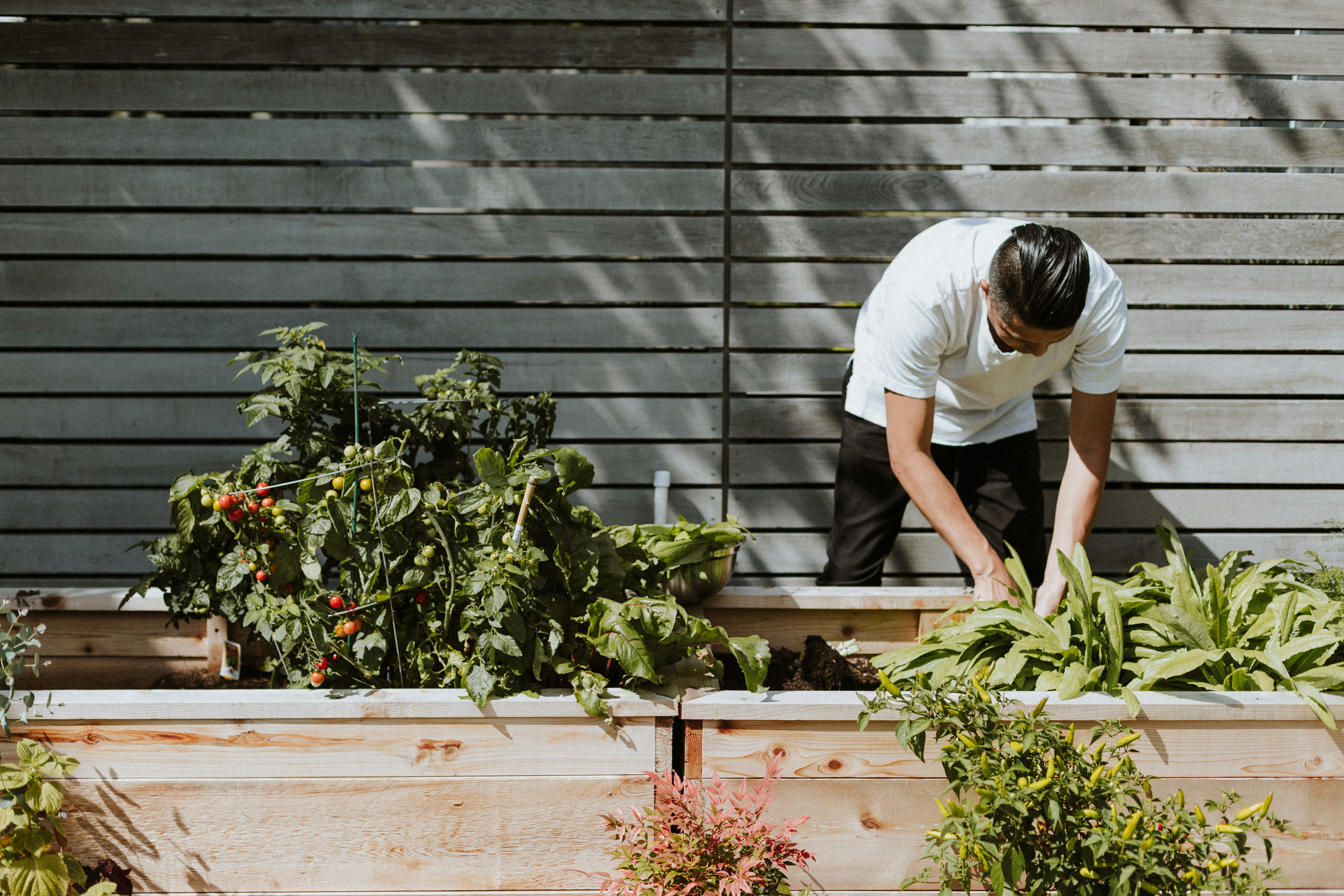
The Best Ways to Get Involved in Community Gardening Initiatives
Neighbors often come together to turn empty spaces into vibrant community gardens filled with fruits, vegetables, and colorful flowers. Working side by side in the soil allows people to connect, exchange gardening tips, and enjoy the satisfaction of growing their own food. Whether you dig into a neglected lot or use a sunny spot behind your home, you will discover a rewarding way to build friendships, expand your knowledge, and make your neighborhood greener. Sharing the harvest brings healthy, homegrown produce to local tables and creates lasting memories for everyone involved.
Advertisement
When you dig in, you gain more than just plants. You build friendships, support local wildlife, and cultivate pride in your neighborhood. Whether you’ve never touched a trowel or you’re a seasoned green thumb, you’ll find a place to grow alongside others.
Advantages of Community Gardening
- Access to Fresh Produce: Enjoy ripe tomatoes, crisp lettuce, and vibrant herbs right from your plot.
- Physical Activity: Spend time digging, planting, and weeding to boost strength and flexibility.
- Social Connections: Work side by side with friends and neighbors and build lasting relationships.
- Environmental Impact: Increase green space, support pollinators like bees and butterflies, and reduce food miles.
- Skill Development: Learn soil science, seasonal planting schedules, and pest management techniques.
These benefits spread throughout the community. When gardens thrive, they attract wildlife, shade sidewalks, and serve as gathering spots for workshops and celebrations. You don’t need acres to make an impact—a single 4x4-foot plot can produce enough herbs to flavor family meals for weeks.
Local businesses often help out by providing tools or seeds, which keeps costs low for gardeners. Schools might host small raised beds, letting kids witness the seed-to-plate journey. Each garden plot becomes a mini classroom in ecology and cooperation.
Finding Local Opportunities
- Search Community Platforms: Visit neighborhood websites, social media groups, or apps like Nextdoor to find nearby garden groups.
- Contact Local Nonprofits: Reach out to environmental or urban agriculture organizations that coordinate planting events.
- Visit City Parks Departments: Many cities manage garden spaces and publish volunteer calendars online.
- Attend Farmers’ Markets: Chat with stallholders and customers—someone often knows of a garden needing extra hands.
- Check Bulletin Boards: Libraries, coffee shops, and community centers often post notices about upcoming workdays.
Once you find a few options, attend an open house or volunteer weekend. Bring gloves, water, and an open mind. Watching how experienced gardeners set up beds or manage irrigation systems provides practical insight before you claim a plot.
Don’t worry if spaces fill up quickly. Many plots open when volunteers rotate or after growing seasons end. Ask to join a waiting list or help out at harvest time to stay involved while you wait for a spot.
Starting Your First Garden Project
Begin by testing a small patch. Measure sunlight patterns throughout the day to pick the best spot—most vegetables need six to eight hours of direct sun. Draw a simple layout on paper, grouping tall plants like corn or sunflowers on the north side so they won’t shade shorter veggies.
Gather quality supplies: loose, well-draining soil; organic compost; and sturdy tools such as a shovel, rake, and hoe. Mark rows with stakes or string. Plant quick-growing greens like arugula and radishes first, so you see results fast and stay motivated. Keep a garden journal to record planting dates, weather patterns, and harvests. This helps you adjust timing and crop choices next season.
Building and Maintaining Volunteer Teams
- Define Clear Roles: Assign tasks like planting, watering, pest patrols, and equipment maintenance so everyone knows their responsibility.
- Set Regular Meetings: Establish a consistent day and time each week. Predictability helps volunteers fit gardening into busy schedules.
- Share Knowledge: Host short skill-sharing sessions—one week on composting, another on drip irrigation—to grow everyone’s expertise.
- Celebrate Achievements: Mark planting, flowering, and harvesting days with potlucks or photo displays. Small festivities boost morale.
- Encourage Leadership Rotation: Invite new members to lead specific projects. This keeps fresh ideas coming and prevents burnout.
Recognizing volunteers’ efforts creates a sense of ownership. A simple thank-you note or social media shout-out makes a big difference. Keep communication lively with group chats or email updates that share tips, weather alerts, and upcoming events.
Invite local chefs or nutritionists to talk about cooking with fresh produce. These workshops attract new volunteers who appreciate the connection between garden work and delicious meals. Connecting with nearby gardens also opens doors to seed exchanges and tool sharing.
Best Practices for Garden Maintenance
Plan for consistent care. Water early in the morning to reduce evaporation and prevent fungal growth. Use rain barrels or drip systems to save water. Mulch beds with straw or wood chips to keep in moisture, suppress weeds, and feed the soil as it breaks down.
Check plants twice a week for pests or disease. Look under leaves for aphids and monitor stems for signs of rot. Introduce beneficial insects like ladybugs or lacewings to keep pests under control. Hand-pick slugs and caterpillars to avoid chemical sprays.
Practice crop rotation each season. Move beans to where root veggies grew last year, and switch tomatoes with leafy greens. This breaks pest cycles and balances soil nutrients. Interplant marigolds or basil to naturally repel harmful insects.
Harvest produce regularly to promote continual growth. Remove spent blooms on zucchini and squash so plants focus on fruit development. Share excess harvest with a local food pantry or neighbors to spread goodwill and reduce waste.
Community gardening thrives through active participation, creativity, and cooperation. Begin small and stay consistent to see how a garden can unite people and nourish them physically and emotionally.
Advertisement